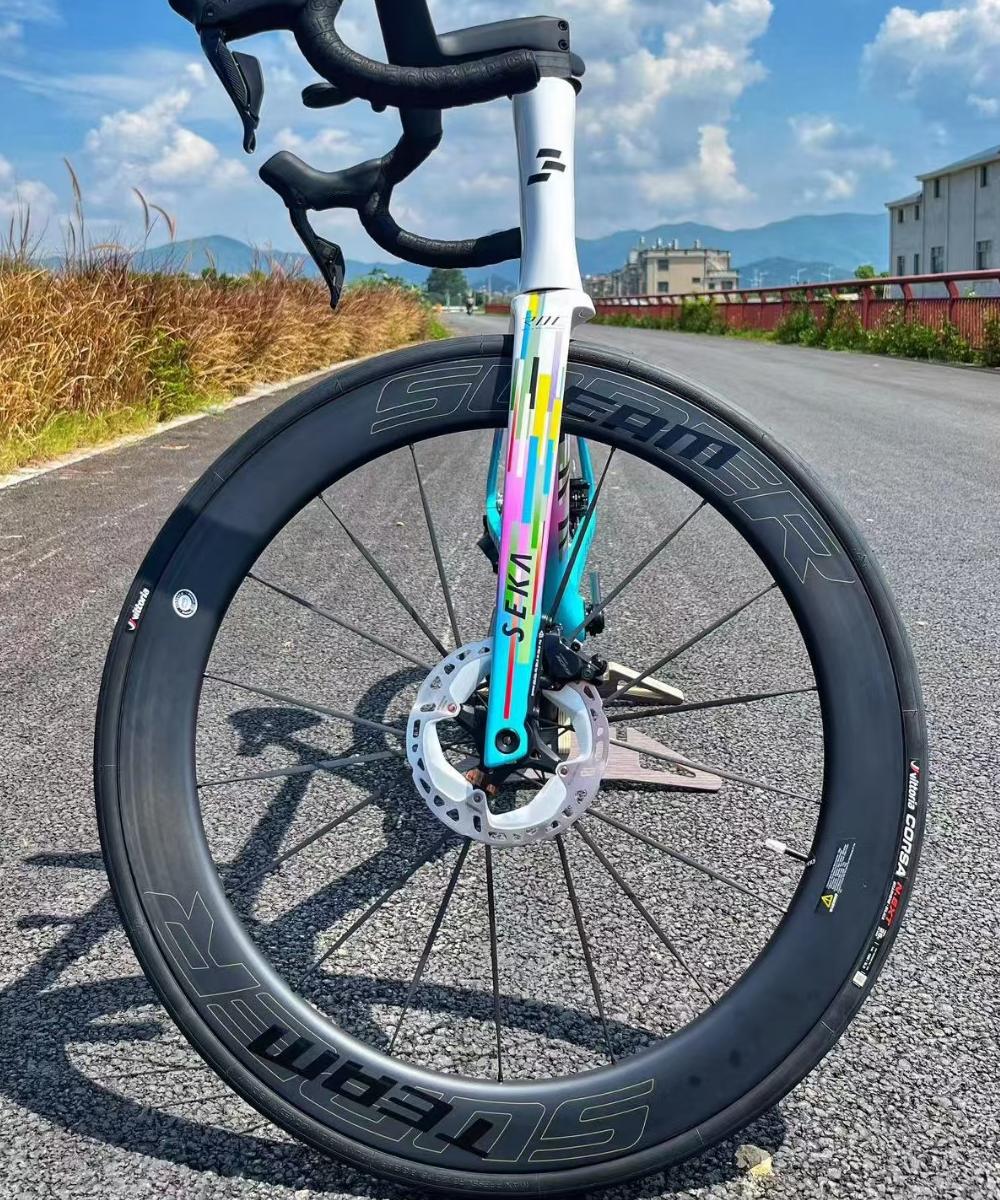Fatigue Testing for Carbon Spokes: What the Numbers Really Mean
Introduction
Carbon spokes have become a prominent feature in high-end wheelsets, promising exceptional stiffness, reduced weight, and enhanced aerodynamics. Yet one of the biggest concerns among riders and engineers is fatigue performance. Unlike single catastrophic impacts, fatigue failure occurs gradually—through repeated loading cycles over time. Manufacturers often highlight fatigue test results in their marketing, but what do these numbers actually mean for real-world cycling?
What Is Fatigue Testing?
Fatigue testing involves subjecting spokes to repeated cycles of stress to simulate real riding conditions. Instead of measuring how much force a spoke can withstand in a single pull, fatigue tests reveal how long it can survive under repetitive loading and unloading.
Cycles to failure: The number of times a spoke endures a set load before breaking.
Load amplitude: The magnitude of force applied in each cycle.
Stress ratio: The relationship between maximum and minimum loads during testing.
For carbon spokes, where material behavior differs from steel or aluminum, these tests are crucial for ensuring durability.
Why Fatigue Matters More Than Static Strength
While carbon spokes often boast higher tensile strength than steel, that doesn’t tell the whole story. A spoke rarely snaps under one-time overload; instead, it weakens due to:
Microcracks forming in the resin matrix.
Fiber-matrix debonding from repetitive stress.
Stress concentration around spoke heads or nipples.
Thus, a spoke that can withstand 300,000+ fatigue cycles at realistic loads is more reliable than one that merely resists a massive one-time force.
Interpreting Manufacturer Numbers
When you see a spec like “1,000,000 cycles at 250 N without failure”, here’s what it actually means:
Test conditions matter: The load level, frequency, and environment (dry vs. wet, hot vs. cold) all influence results.
Comparison across brands is tricky: Different labs and standards use different parameters. One company’s “pass” may not match another’s.
Practical takeaway: Higher cycles at realistic spoke tensions suggest better long-term reliability, but lab perfection doesn’t guarantee road durability.
Factors Affecting Fatigue Life in Carbon Spokes
Spoke Design
Aero vs. round profiles influence stress distribution.
Tapered designs can concentrate stress in transition zones.
Fiber Orientation
Uni-directional fibers aligned with tensile forces resist fatigue better.
Off-axis fibers help manage shear and bending but add complexity.
Hub and Nipple Interface
Poor spoke seat design can introduce stress risers.
Carbon spokes often rely on proprietary anchors, making precision critical.
Wheel Build Quality
Uneven tension accelerates fatigue.
Skilled wheelbuilding extends lifespan as much as material properties.
Lab Tests vs. Real-World Riding
Lab advantage: Controlled conditions allow repeatable comparisons.
Real-world reality: Road shocks, crashes, weather, and maintenance habits introduce variables that no lab can perfectly mimic.
Best indicator: A wheelset with carbon spokes that passes fatigue tests and performs well under pro-level racing is more trustworthy than numbers alone.
Conclusion
Fatigue testing for carbon spokes provides valuable insight into their durability, but numbers must be interpreted with context. High cycle counts in the lab suggest strong design and quality manufacturing, yet real-world reliability depends equally on build quality, usage, and conditions. For riders, this means not only looking at the test data but also at the brand’s track record in racing and long-term customer experience.




